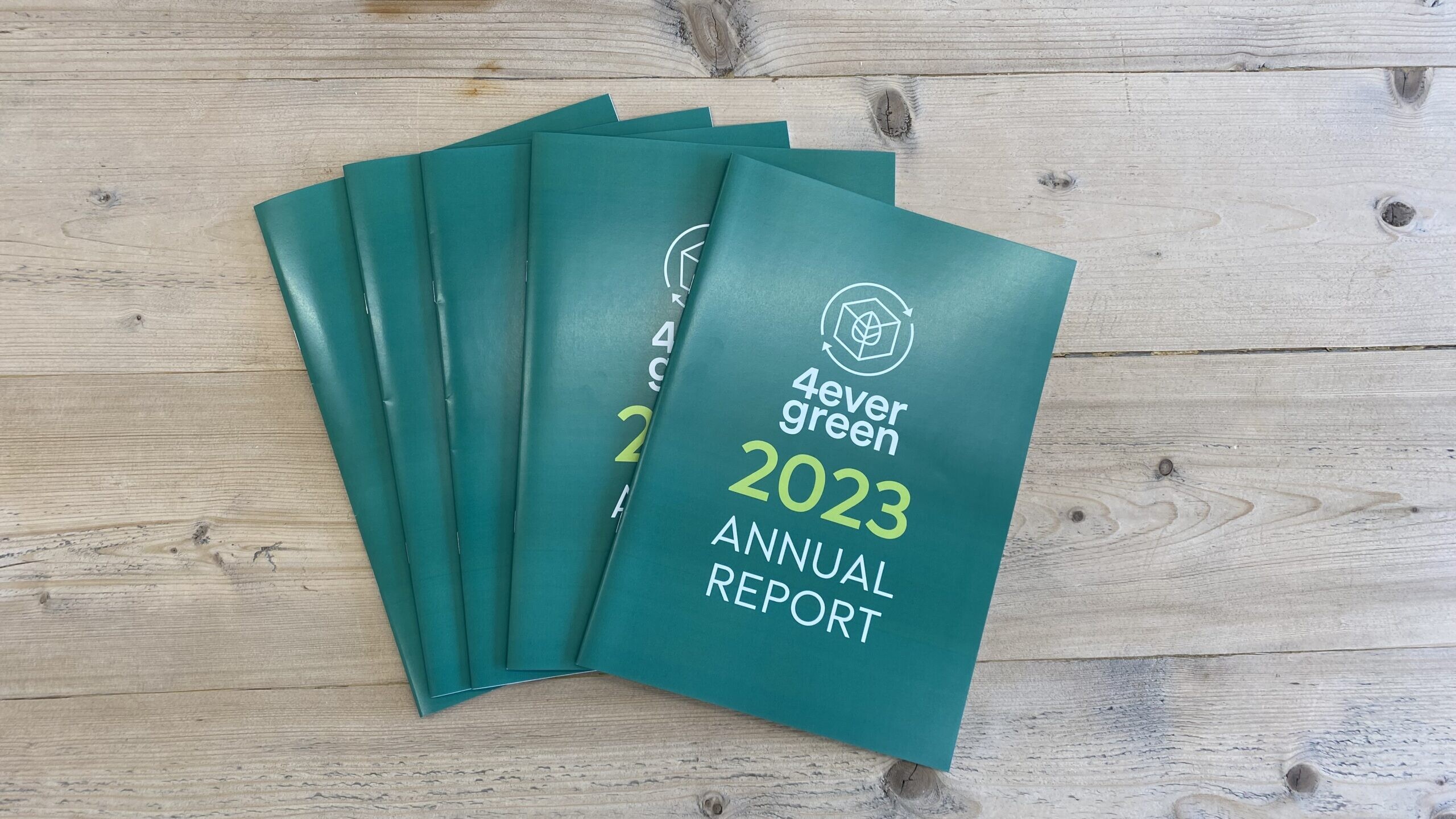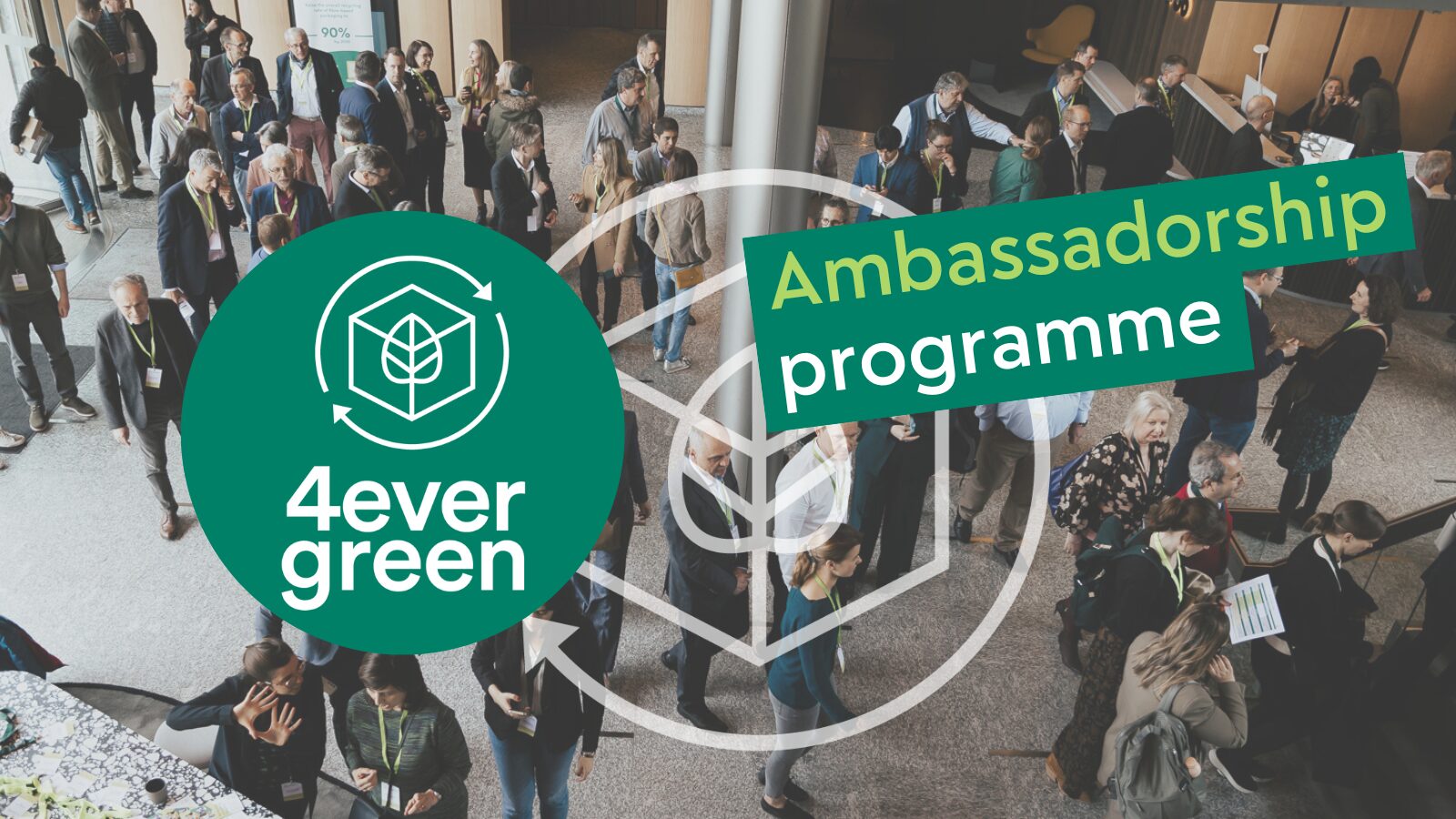The independent custom research company Smithers has recently released a new study on what is next for fibre-based packaging design. According to the results, the worldwide demand for fibre-based packaging is set to rise to $503.4 billion in 2027. This report also reviews the innovations currently developing or established on the market and their technical challenges.
Today, retailers and brand owners show increasing commitment to sustainable and circular solutions. At the same time, consumers are more conscious of the environmental implications of their choices. As a result, fibre-based packaging design is gaining popularity and is expected to rise at a compound annual growth rate (CAGR) of 3.4% by 2027. However, the industry still faces challenges that the sector needs to address with new technologies and innovations.
In March 2022, Smithers shared with 4evergreen the results of a new study on the fibre-based packaging market, commissioned by the alliance. Amongst the main takeaways, sustainability and legislation proved to be critical drivers for the industry and led to a growing demand for paper-based materials. A key trend is also the preference for fibre-based alternatives over plastic packaging for on-the-go consumption. Finally, improving collection, separation and recycling technologies are set to increase recycling rates.
According to the new Smither’s’ study, published by Packaging Europe, speciality barrier paper grades are widely used in the food sector and coating performance improvements are expected to expand their range of applications. Moreover, although the industry achieved removing aluminium barrier layers and trial fibre-based bottles in beverages, it is still facing the stumbling block of relying on polymer-based barrier layers that need to be removed without damaging the recovered fibres. The use of fibre-based packaging materials is constantly rising in the personal care sector and industrial and transit packaging. Furthermore, moulded pulp and fibre are expected to grow strongly up to 2027.
The 4evergreen alliance is fully aware of the challenges faced by the industry. In response, the alliance set up a dedicated workstream (WS-4) to accelerate novel technologies and processes for increasing the recyclability of fibre-based packaging solutions. Innovation experts are conducting a series of exploratory on three different projects:
- Sortability of Fibre-barrier Packaging
- Novel Recycling Technologies
- Comparative Recyclability Impacts.
Their results will provide valuable input to the tools currently produced by the other technical workstreams. 4evergreen’s projects are strongly linked to each other with a common goal: to reach a 90% recycling rate for fibre-based packaging by 2030.
A year of collaboration and growth: discover 4evergreen’s 2023 Annual Report!
We are excited to launch 4evergreen’s 2023 Annual Report, looking back at our growth and achievements from the past year and recognising…
4evergreen launches new Ambassadorship programme
4evergreen is hitting the conference floors! This year, the alliance has launched a new Ambassadorship programme that will take us to major…
4evergreen wins European Paper Recycling Award
Brussels, 20 February 2024: The 4evergreen alliance has won a prestigious award from the European Paper Recycling Council (EPRC) in the…



